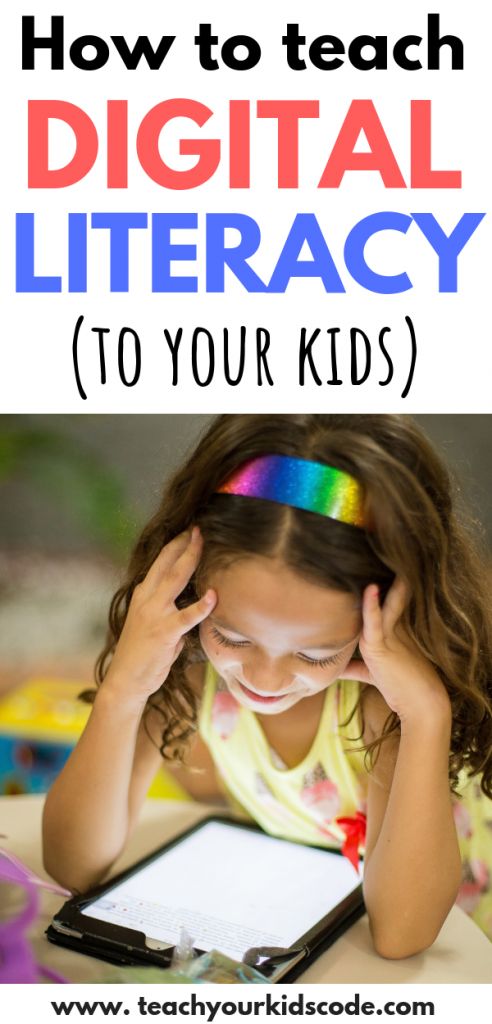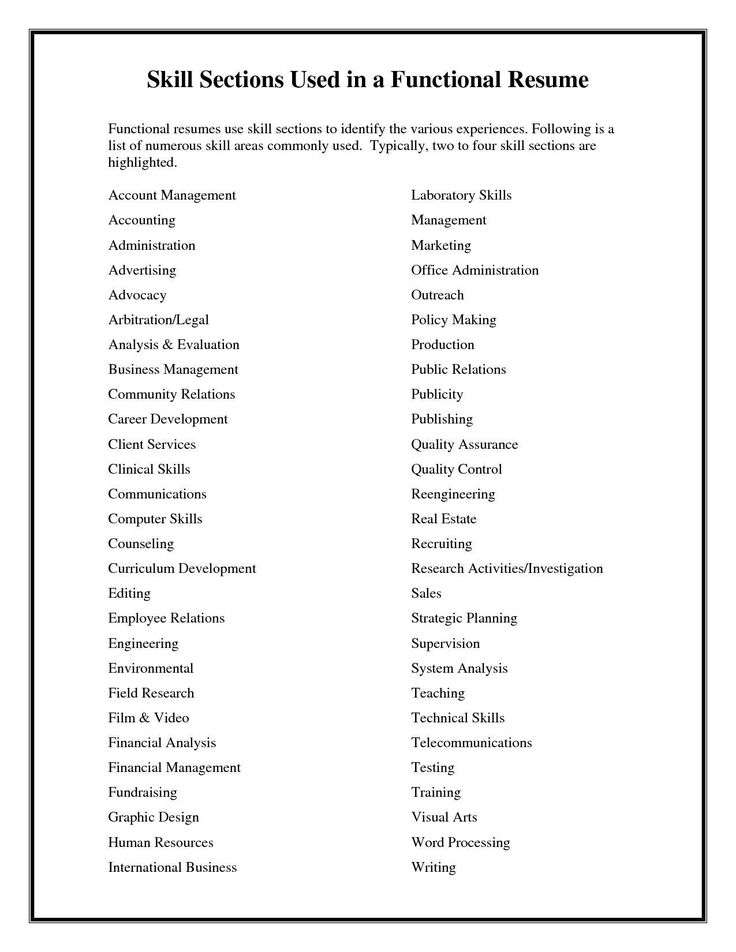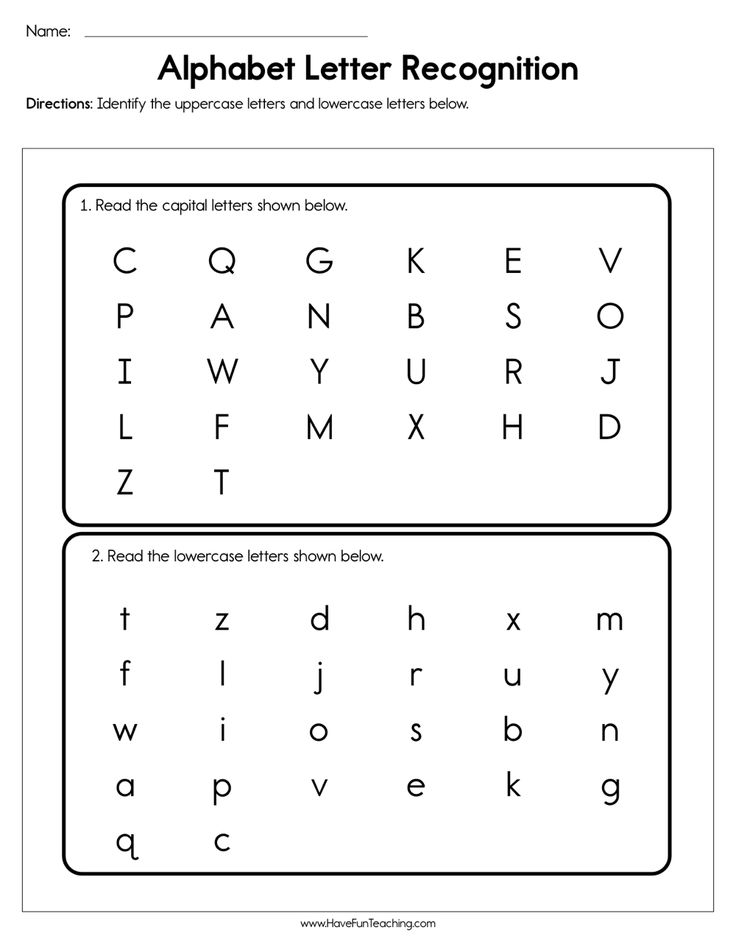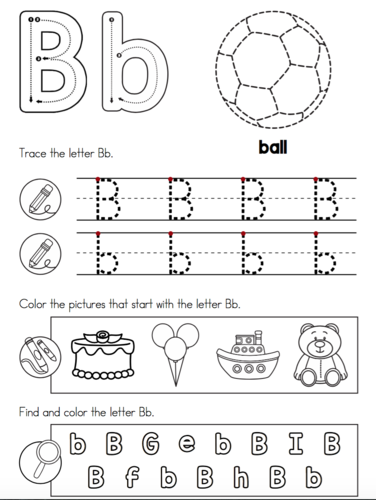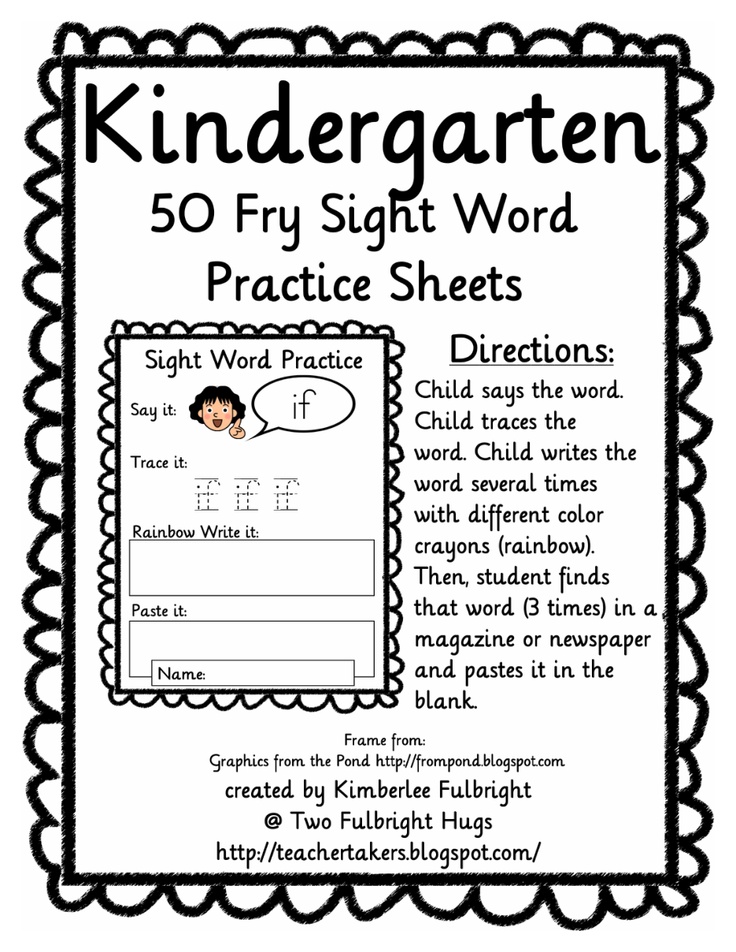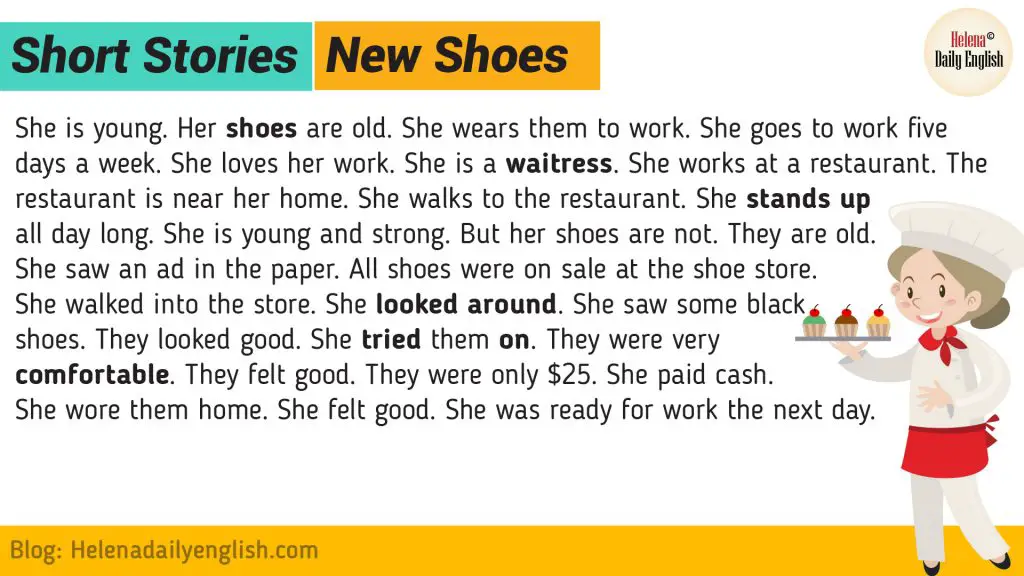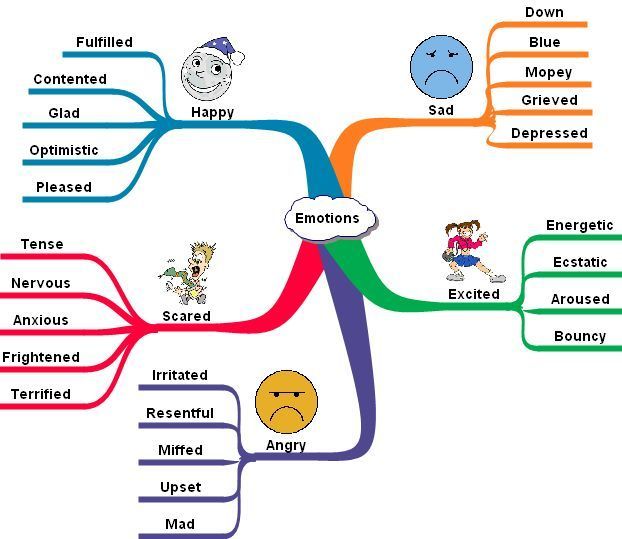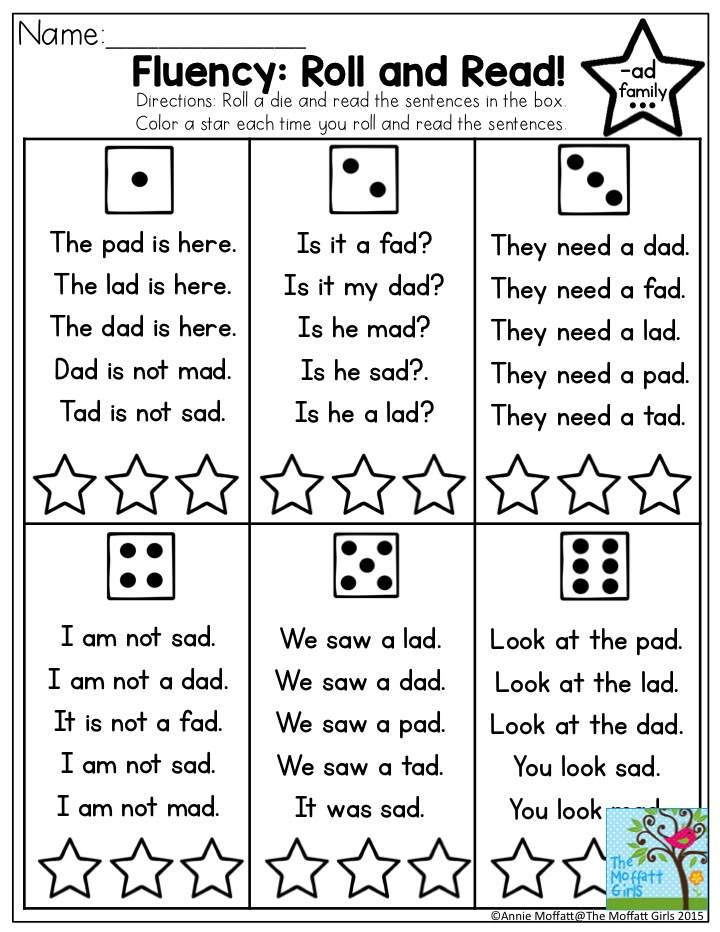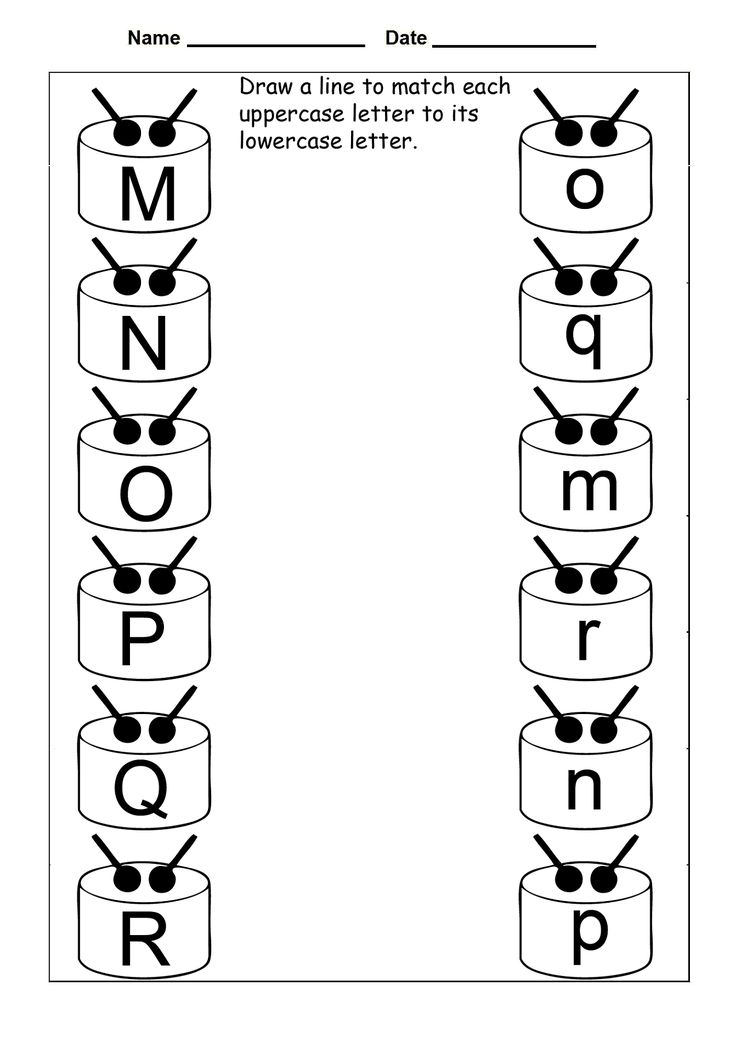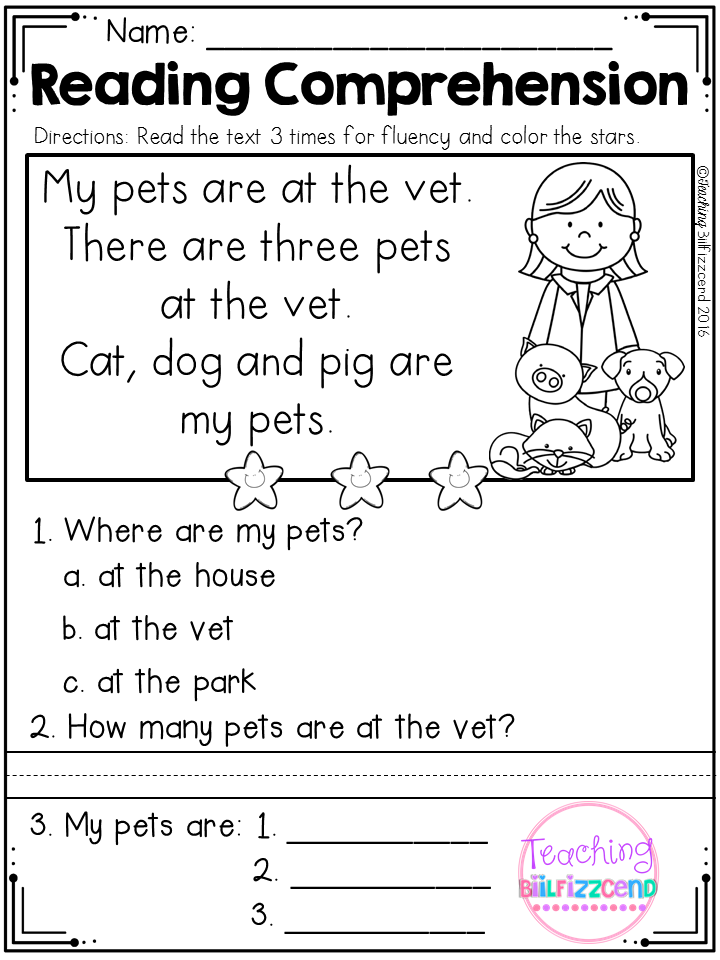How to teach your child
New skills for kids & behaviour management
Helping children learn new skills as part of behaviour management
When children can do the things they want or need to do, they’re more likely to cooperate. They’re also less likely to get frustrated and behave in challenging ways. This means that helping children learn new skills can be an important part of managing behaviour.
When children learn new skills, they also build independence, confidence and self-esteem. So helping children learn new skills can be an important part of supporting overall development too.
Here’s an example: if your child doesn’t know how to set the table, they might refuse to do it – because they can’t do it. But if you show your child how to set the table, they’re more likely to do it. They’ll also get a sense of achievement and feel good about helping to get your family meal ready.
There are 3 key ways you can help children learn everything from basic self-care to more complicated social skills:
- modelling
- instructions
- step by step.
Remember that skills take time to develop, and practice is important. But if you have any concerns about your child’s behaviour, development or ability to learn new skills, see your GP or your child and family health nurse.
When you’re helping your child learn a skill, you can use more than one teaching method at a time. For example, your child might find it easier to understand instructions if you also break down the skill or task into steps. Likewise, modelling might work better if you give instructions at the same time.
Modelling
Through watching you, your child learns what to do and how to do it. When this happens, you’re ‘modelling’.
Modelling is usually the most efficient way to help children learn a new skill. For example, you’re more likely to show rather than tell your child how to make a bed, sweep a floor or throw a ball.
Modelling can work for social skills. Prompting your child with phrases like ‘Thank you, Mum’, or ‘More please, Dad’ is an example of this.
You can also use modelling to show your child skills and behaviour that involve non-verbal communication, like body language and tone of voice. For example, you can show how you turn to face people when you talk to them, or look them in the eyes and smile when you thank them.
Children also learn by watching other children. For example, your child might try new foods with other children at preschool even though they might not do this at home with you.
How to make modelling work well
- Get your child’s attention, and make sure your child is looking at you.
- Move slowly through the steps of the skill so that your child can clearly see what you’re doing.
- Point out the important parts of what you’re doing – for example, ‘See how I am …’. You might want to do this later if you’re modelling social skills like greeting a guest.
- Give your child plenty of opportunities to practise the skill once they’ve seen you do it – for example, ‘OK, now you have a go’.

Instructions
You can help your child learn how to do something by explaining what to do or how to do it.
How to give good instructions
- Give instructions only when you have your child’s attention.
- Use your child’s name and encourage your child to look at you while you speak.
- Get down to your child’s physical level to speak.
- Remove any background distractions like the TV.
- Use language that your child understands. Keep your sentences short and simple.
- Use a clear, calm voice.
- Use gestures to emphasise things that you want your child to notice.
- Gradually phase out your instructions and reminders as your child gets better at remembering how to do the skill or task.
A picture that shows your child what to do can help them understand the instructions. Your child can check the picture when they’re ready to work through the instructions independently. This can also help children who have trouble understanding words.
Sometimes your child won’t follow instructions. This can happen for many reasons. Your child might not understand. Your child might not have the skills to do what you ask every time. Or your child just might not want to do what you’re asking. You can help your child learn to cooperate by balancing instructions and requests.
Step-by-step guidance: breaking down tasks
Some skills or tasks are complicated or involve a sequence of actions. You can break these skills or tasks into smaller steps. The idea is to help children learn the steps that make up a skill or task, one at a time.
How to do step-by-step guidance
- Start with the easiest step if you can.
- Show your child the step, then let them try it.
- Give your child more help with the rest of the task or do it for them.
- Give your child opportunities to practise the step.
- When your child can do the step reliably and without your help, teach them the next step, and so on.

- Keep going until your child can do the whole skill or task for themselves.
An example of step-by-step guidance
Here’s how you could break down the task of getting dressed:
- Get clothes out.
- Put on underpants.
- Put on socks.
- Put on shirt.
- Put on pants.
- Put on a jumper.
You could break down each of these steps into parts as well. This can help if a task is complex or if your child has learning difficulties. For example, ‘Put on a jumper’ could be broken down like this:
- Face the jumper the right way.
- Pull the jumper over your head.
- Put one arm through.
- Put your other arm through.
- Pull the jumper down.
Forwards or backwards steps?
You can help your child learn steps by moving:
- forwards – teaching your child the first step, then the next step and so on
- backwards – helping your child with all the steps until the last step, then teaching the last step, then the second last step and so on.

Learning backwards has some advantages. Your child is less likely to get frustrated because it’s easier and quicker to learn the last step. Also the task is finished as soon as your child completes the step. Often the most rewarding thing about a job or task is getting it finished!
In the earlier example, you might teach your child to get dressed by starting with a jumper. You’d help your child get dressed until it came to the final step – the jumper.
You might help your child put the jumper over their head and put their arms in – then you might let your child pull the jumper down by themselves. Once your child can do this, you might encourage your child to put their arms through by themselves and then pull the jumper down. This would go on until your child can do each step, so they can do the whole task for themselves.
When your child is learning a new physical skill like getting dressed, it can help to put your hands over your child’s hands and guide your child through the movements.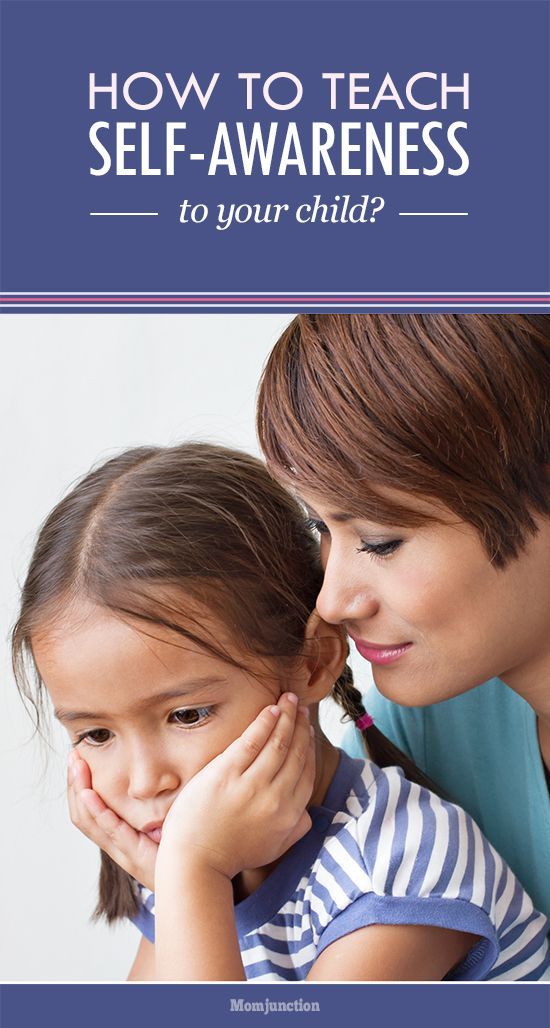 Phase out your help as your child begins to get the idea, but keep saying what to do. Then simply point or gesture. When your child is confident with the skill, you can phase out gestures too.
Phase out your help as your child begins to get the idea, but keep saying what to do. Then simply point or gesture. When your child is confident with the skill, you can phase out gestures too.
Tips to help children learn new skills
No matter which of the methods you use, these tips will help your child learn new skills:
- Make sure that your child has the physical ability and developmental maturity to handle the new skill. You might need to teach your child some basic skills before working on more complicated skills.
- Consider timing and environment. Children learn better when they’re alert and focused, so it can be good to work on new skills in the morning or after rest time. It’s also good to avoid distractions, like the TV or younger siblings.
- Give your child the chance to practise the skill. Skills take time to learn, and the more your child practises, the better.
- Give lots of praise and encouragement, especially in the early stages of learning.
 Praise your child when they follow your instruction, practise the skill or try hard, and say exactly what your child did well.
Praise your child when they follow your instruction, practise the skill or try hard, and say exactly what your child did well. - Avoid giving negative feedback. Rather than saying your child has done it ‘wrong’, use words and gestures to explain 1-2 things your child could do differently next time.
Remember that behaviour might get worse before it improves, especially if you’re asking more from your child. A positive and constructive approach can help – for example, ‘Well done for getting the knots on your laces right! Would you like to do the loops together today?’
Teaching your child everyday skills
When children play, they're learning what they want to learn. Often these will be things you want them to learn, too.
Sometimes, though, your child may need some extra help from you to learn the necessary skills they'll need throughout their lives.
For example, these skills can be learning to use a potty, how to wash and dress themselves, what not to touch, and where it's not safe to run.
Tips for everyday life with kids
The following suggestions can make life easier for both you and your child.
Wait until you think your child's readyIf you try to teach them something too soon, you'll both end up getting frustrated. If you try teaching them something and it doesn't work out, leave it for a few weeks and try again.
Don't make it into a big dealYour child might learn to eat with a spoon very quickly, but they may still want to be fed when they're tired.
They might use the potty a few times and then want to go back to nappies.
Try not to worry – this doesn't mean you have failed. It won't take them long to realise they want to learn to be grown up and independent.
Keep them safeYoung children can't understand why they shouldn't play with electrical goods or breakable objects.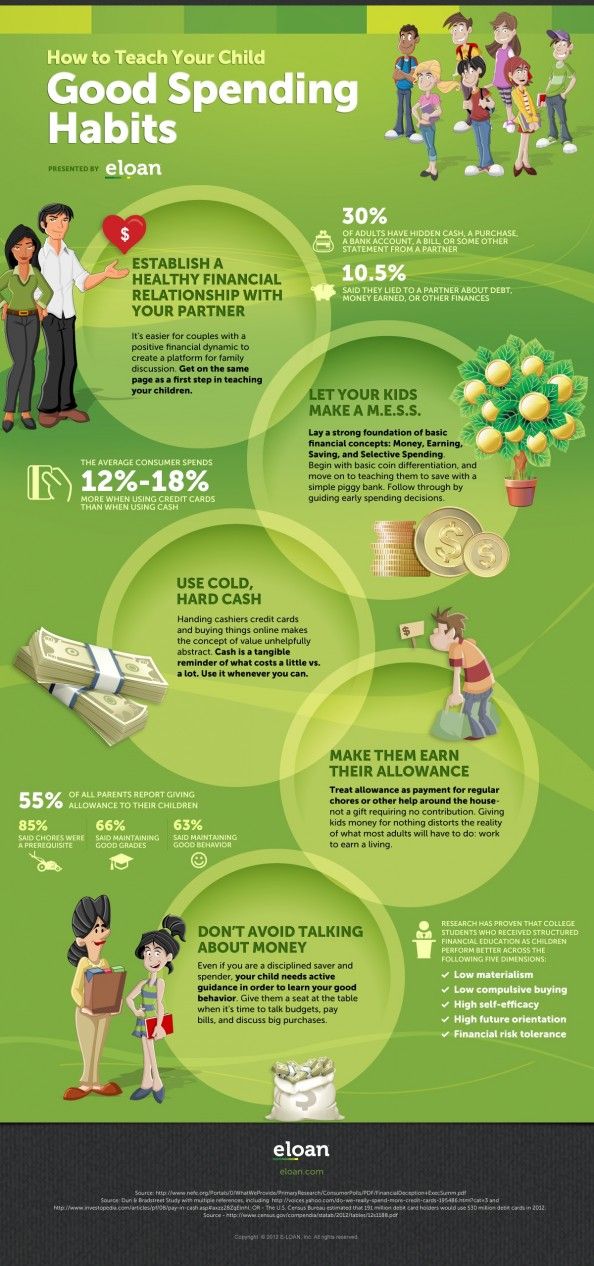 It's easier to keep things you don't want touched well out of their way.
It's easier to keep things you don't want touched well out of their way.
Your child wants to please you. If you give them a big smile, a cuddle or praise when they do something right, they're much more likely to do it again. This works a lot better than telling them off for doing something wrong.
Be realisticDon't expect perfection or instant results. If you assume everything is going to take a bit longer than you thought, you'll be pleasantly surprised if it doesn't.
Set an exampleYour child wants to be like you and do what you do. Let them see you washing, brushing your teeth and using the loo.
Be firmChildren need firm, consistent guidelines. They often feel more secure if you stick to the limits you have set, even if they don't like them or try to test them.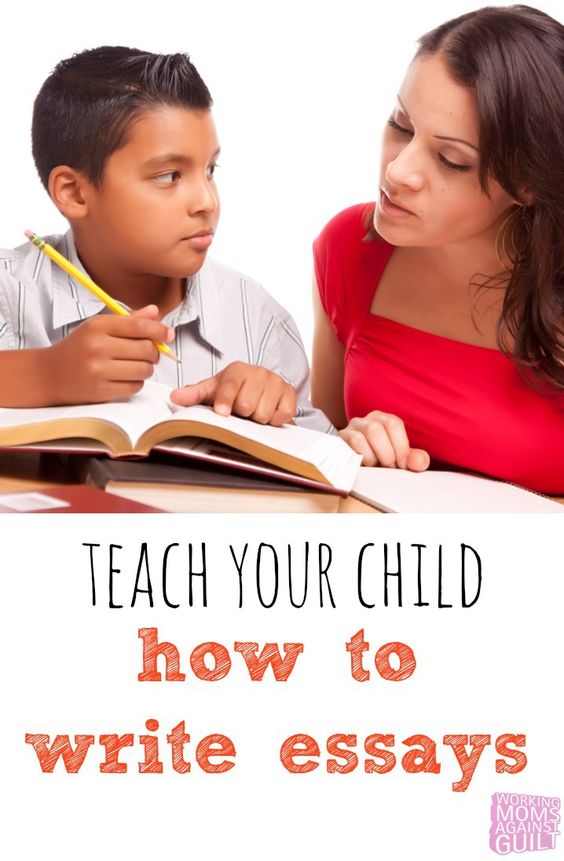
Boundaries work far better when you explain to your child why they're there. For example, if you pull them away from an open fire, explain why.
Be consistentFor the same reason, it's important that everyone who looks after your child adopts a similar approach to their upbringing, including bedtime routines, meal times, discipline and screen time.
If you and your partner or you and your childminder (or nursery or nanny) do things very differently, your child won't learn as easily.
Match your circumstancesDo what's right for your child, you and the way you live. Don't worry about what the child next door can or can't do. It's not a competition.
Further information
- Baby and toddler safety
- Dealing with child behaviour problems
Page last reviewed: 4 August 2022
Next review due: 4 August 2025
How to teach a child to think and analyze?
home
Parents
How to raise a child?
How to teach a child to think and analyze?
- Tags:
- Expert advice
- 3-7 years
- 7-12 years old
- teenager nine0014 children in the family
- family relationships
Every parent dreams of seeing their child inquisitive, active, successful in various activities, but not all adults believe that they can help their children in this development.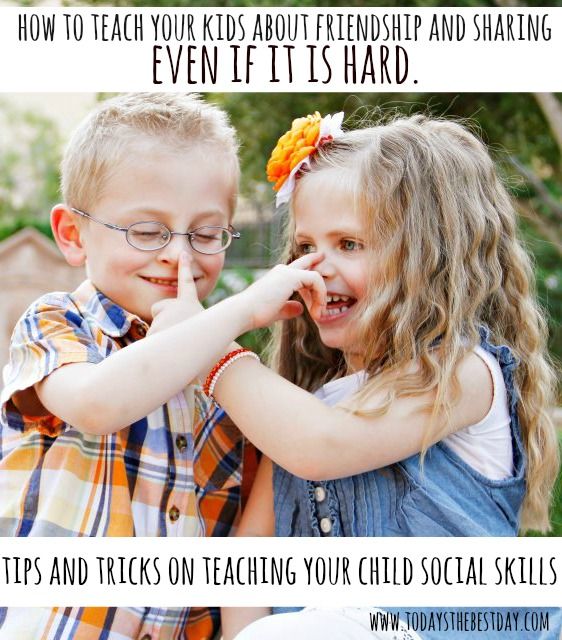 In fact, it is the family that is able to create conditions conducive to the improvement of the child's mental activity.
In fact, it is the family that is able to create conditions conducive to the improvement of the child's mental activity.
Here are a few phrases, the constant use of which by parents will ultimately have a positive effect on the cognitive activity of the child. nine0003
1. A mistake is also a step forward!
Most of us are afraid of making mistakes, because we anticipate criticism, punishment, remorse. Children are no exception, on the contrary, they especially need the approval of significant adults, because every slip and the resulting negative reaction from adults hurts the child. A few of these "wounds" - and your baby may lose self-confidence. Then, in the classroom at school, he will try to choose the simplest possible task, and the need to express his reasoning in front of others will become a real test for him. Therefore, it is extremely important to form the right attitude towards one's own mistakes as a natural phenomenon. But you should not forget about their timely correction either.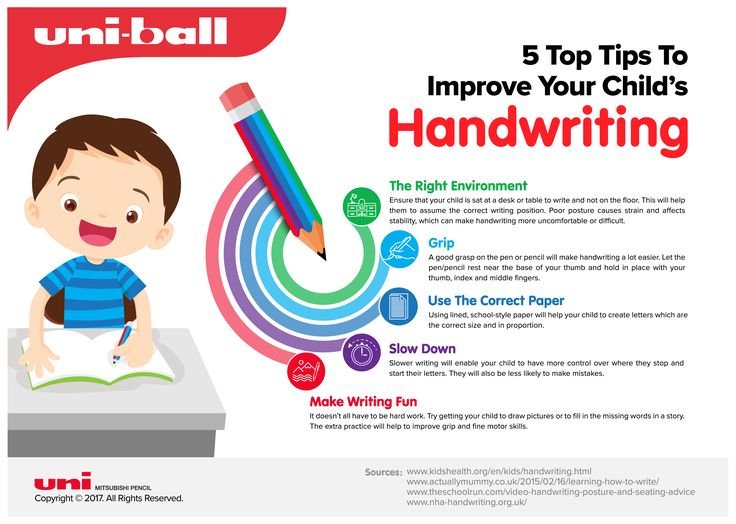 nine0003
nine0003
2. How can I do it differently?
The variability of solving a problem is one of the important indicators of the development of mental abilities. This question is also relevant in everyday situations, and, of course, in solving problems of varying complexity - even if this is not required based on the condition of the problem.
This technique allows you to develop the flexibility of the mind. Be prepared for non-standard solutions: they are only welcome.
3. What do you think?
Even the ability to competently express one's opinion can say a lot about the mental capabilities of a child, as it requires a subtle analysis of the situation, coupled with the formation of one's own position. It will not appear overnight, but it can be reached by encouraging children to speak out on their own. This technique can be used at any opportunity, for example, when a cartoon character faces a choice, or when someone in a conversation finds it difficult to answer.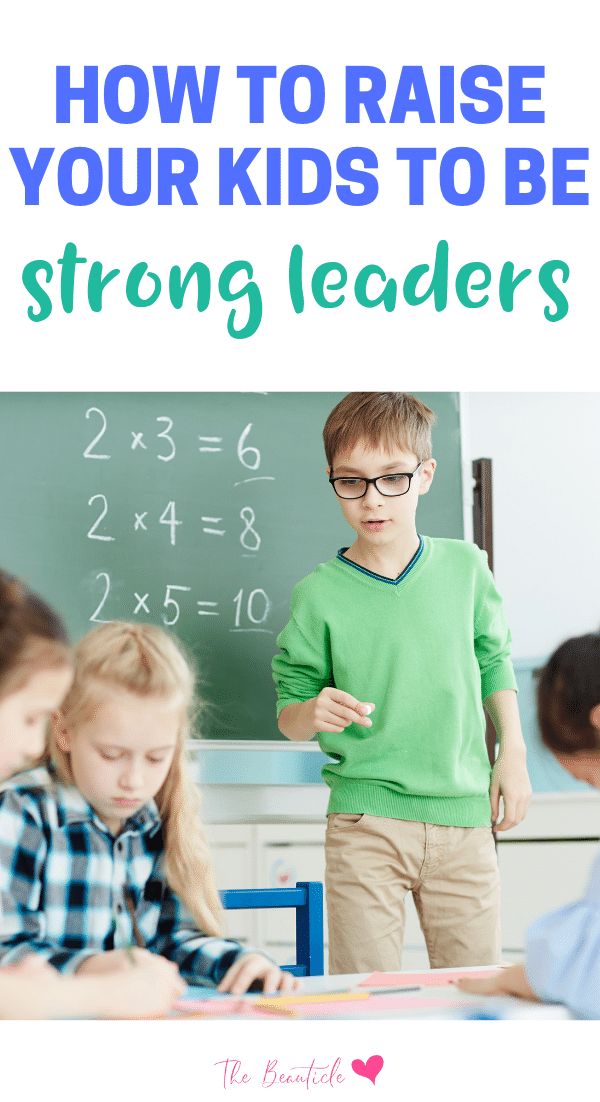
See also
How to hear your child
How to teach a child to be reasonable
4. Justify.
It is not enough to be able to formulate one's position - one must be ready to substantiate and defend it: to give arguments, evidence, examples. This skill also needs practice.
5. Let's get together!
Many tasks (both academic and life) that a child faces are beyond his power. This is especially pronounced in the first decade of life, but even in the future the help of an adult is sometimes extremely necessary. It should not be seen as a condescension on the part of the older and more experienced in relation to the younger and unwise, but as an opportunity to spend time together and profitably. So you provide the zone of proximal development of the child. nine0003
6. Shall we settle?
It has been known since the time of Socrates that the best way to develop thinking is to solve problems. And these are not necessarily monotonous text tasks from a school textbook. It can be puzzles, logic games, charades, quests, rebuses. Now there is a fairly large selection of developing literature and manuals. However, it is important to observe the measure here: excessive intellectual load can lead to a decrease in cognitive interest.
And these are not necessarily monotonous text tasks from a school textbook. It can be puzzles, logic games, charades, quests, rebuses. Now there is a fairly large selection of developing literature and manuals. However, it is important to observe the measure here: excessive intellectual load can lead to a decrease in cognitive interest.
7. Well done! nine0037
Get used to praising your child not only for a positive result, but also for the very attempt of action, even if it is unsuccessful. It also required considerable effort, so timely approval will be an incentive for further development. You should not overpraise the child, but if you see that your child puts his soul into what he does, even if he is not yet successful, you should not leave it unattended.
And one more note to parents: the environment of the child, his family plays an important role in the development of abilities. This is a scientifically proven fact. Often this is why we see entire dynasties of musicians, doctors or scientists. Their families created a special atmosphere, a special way of life, which primarily affects the motivation of the child's cognitive activity, and through it, the development of the corresponding abilities. nine0003
Their families created a special atmosphere, a special way of life, which primarily affects the motivation of the child's cognitive activity, and through it, the development of the corresponding abilities. nine0003
Margarita Logvinova
How to choose circles and sections for a child?
To stop parenting and make the right choice, we offer a simple test that will show what kind of activity your child is predisposed to.
Take the test
More on the topic
Why praise can be harmful
What kind of a well-mannered child is he?
Dear parents!
What to teach your child before sending him for a walk. Security tricks | 74.ru
All newsThe Ministry of Defense changed the leadership of the special operation: General Surovikin became a deputy
These are the eyes: the twins spent 19 million on plastic surgery and showed what they looked like before and after
The Chief of the General Staff became the new commander of the Northern Military District
Organizing Committee SPIEF named the main events of the first day of the forum
Troubleshooting of the registration and examination division of the traffic police in Chelyabinsk eliminated
In the Chelyabinsk region, a driver and a pedestrian rushed to help a woman who lost consciousness on the road.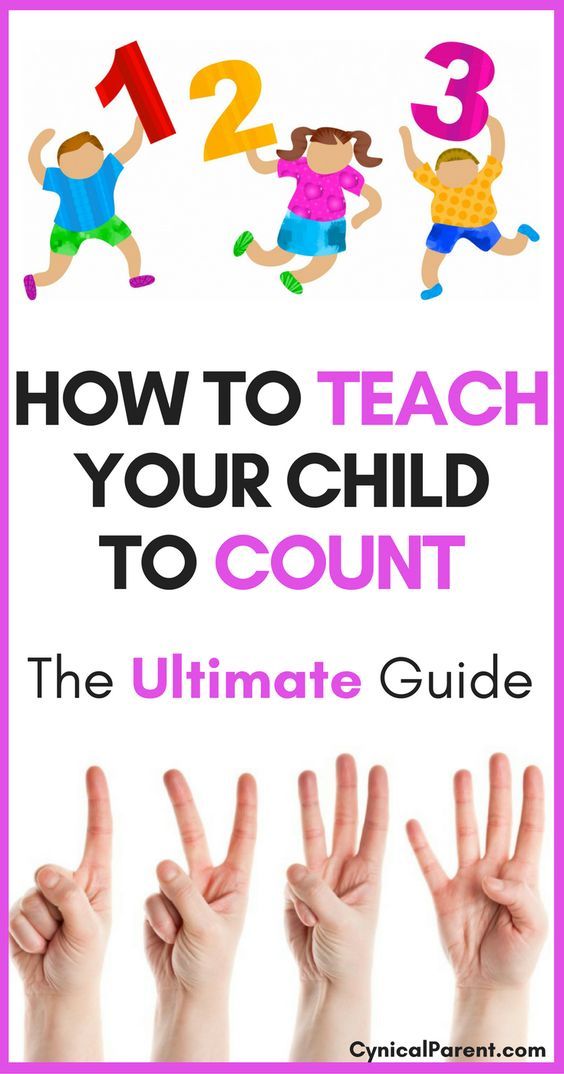 Video
Video
Am I too? What is wrong with Cheburashka, which breaks New Year's film distribution records in Russia
Doctors named 10 products that strengthen immunity (and these are not citrus fruits)
0003
“Everyone started writing to me at night”: after a publication about the freezing mother of a mobilized person, a battery was installed in her
The director of a Chelyabinsk school was punished because of paid workbooks
In Chelyabinsk, a former policeman was sentenced in the case of disclosing state secrets
The media wrote about the closure of Russian borders for men from January 9th. What they say in the Kremlin
A new Managing Director was appointed at the OMK Trubodetal plant
Healthy Farm was sold in Chelyabinsk. What about state guarantees? nine0003
A mobilized Chelyabinsk resident who worked as the director of the Pyaterochka store died in the Northern Military District. How does Kazakhstan live a year after the attempted coup d'état — reportage
“Beating me and pulling my hair”: in the Southern Urals, a boarding school teacher was accused of torturing children
The first Christmas city festivities took place in Chelyabinsk
And this is your ceiling? What will happen to oil and gas prices and how it will affect the Russian economy
The future of digitalization is in the hands of children: the IT academy will soon start the spring stream
Barrack and mess.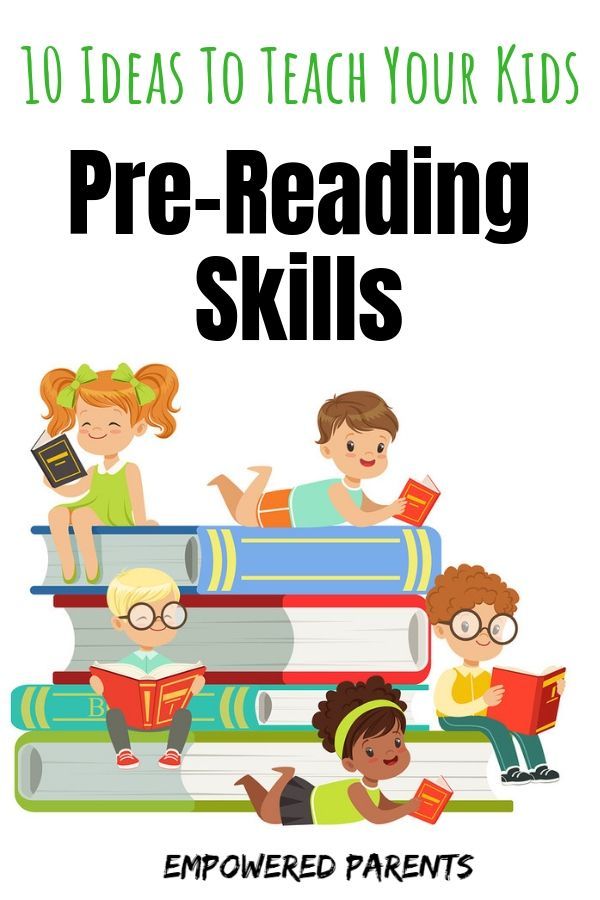 Former residents of a settled two-story building in the center of Chelyabinsk are sent bills for housing and communal services
Former residents of a settled two-story building in the center of Chelyabinsk are sent bills for housing and communal services
Is Kraken approaching? What is known about the new variant of covid and when to expect it in Russia nine0003
Chelyabinsk residents have been warned about failures in the work of the traffic police unit
From 2023, the mother's capital can be fully spent on monthly payments. Who can receive them?
Defense workers were reminded of the criminal punishment for disrupting the state order: news of the NWO for January 10
45 diapers and 24 bottles a day: how does a family with newborn quadruplets live - look at cute photos
Cat piles? Chelyabinsk drowned in snow blockages, and the townspeople are offered to wait 9 more0003
Shoigu instructed to create a digital database of conscripts in 2023
“Identified by a family tattoo”: relatives of a soldier who died in Makeevka told how they said goodbye to a soldier
The number of cases of hepatitis A increased after lunch in a cafe in the center of Chelyabinsk
Figure skater Roman Kostomarov ended up in intensive care with pneumonia. He was sent to Kommunarka
A patient of the Chelyabinsk hospital was outraged by the treatment with expired medicine
“You don’t go anywhere, don’t complain”: the mother of a mobilized is forced to live in the garden so as not to freeze in a city apartment
Heart attack or neuralgia: what to do if the heart hurts and how to recognize a dangerous symptom
All news
Even if you always try to protect your child yourself, at some point you may not be around. He must be ready for this event
Photo: Semyon Gromov / 72.RU
Share
The day before, the whole country was shocked by the news from Kemerovo, where the bodies of two ten-year-old schoolgirls were found. A 41-year-old local resident is suspected of the murder; he was recently released from prison, where he was imprisoned for sexual assault against a minor. The man denied everything at first, but then confessed to the rape and murder and showed where he hid the bodies. Recently, such tragedies are not uncommon: in August, everyone discussed the death of Nastya Muravyova from Tyumen. The body of the girl was found a month and a half after the loss, and a week later the alleged killer was identified. To make it easier for parents to experience such stories and know what to talk about with their children, we publish the advice of psychologist Anastasia Berenova and security expert Maxim Berenov. nine0198
Recently, such tragedies are not uncommon: in August, everyone discussed the death of Nastya Muravyova from Tyumen. The body of the girl was found a month and a half after the loss, and a week later the alleged killer was identified. To make it easier for parents to experience such stories and know what to talk about with their children, we publish the advice of psychologist Anastasia Berenova and security expert Maxim Berenov. nine0198
Now, of course, everyone has a lot of fear and horror, “that every child can be taken away”, and the thought “I will lead the whole school myself”, a lot of myths stuffed with fears. We have compiled instructions on what to do and what is important to teach a child. It is better if you work out all these rules in practice.
First. Don't think that if you drive the child, he is safe. One day you just won't be able to. A new work schedule, no money for a nanny, but you never know what ... And at that moment the child will be in an even more vulnerable situation.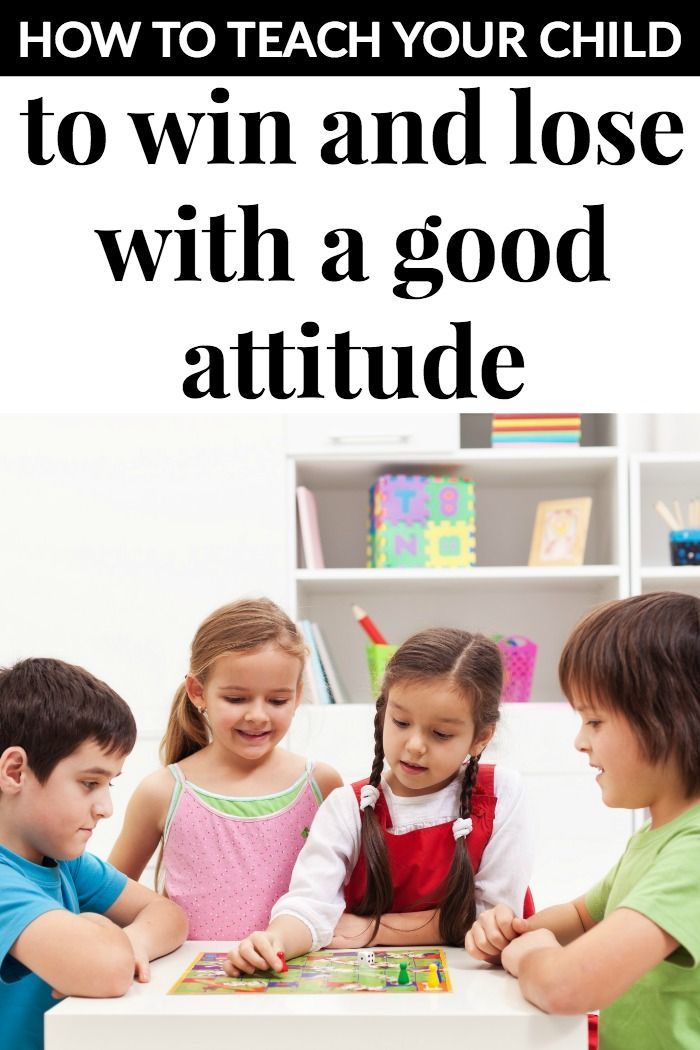 Moreover, “leading to brides” is a sure way to create a situation of low social adaptability in a girl (or boy) when he or she cannot discern the half-tones of situations in a relationship. And the ability to see violence in the early stages in intimate relationships is a very important skill. Therefore, driving is not a panacea, but a delayed mine. nine0199
Moreover, “leading to brides” is a sure way to create a situation of low social adaptability in a girl (or boy) when he or she cannot discern the half-tones of situations in a relationship. And the ability to see violence in the early stages in intimate relationships is a very important skill. Therefore, driving is not a panacea, but a delayed mine. nine0199
The second issue parents are concerned about is dangerous strangers. The first thing that comes to mind is to teach them never to talk to them. Unfortunately or fortunately, this advice does not work. A silent and frightened child is easier to handle. Because they can grab without talking at all, or they can be lured by acquaintances - they have more trust. And we must always remember that this advice came to us from American child safety programs in the 80s, when the situation was completely different, and even there it managed to work to the detriment: obedient children, getting lost, followed this rule, left rescuers further into the forest, because you can not talk! nine0003
All the tips below, unfortunately, have been applied more than once in practice.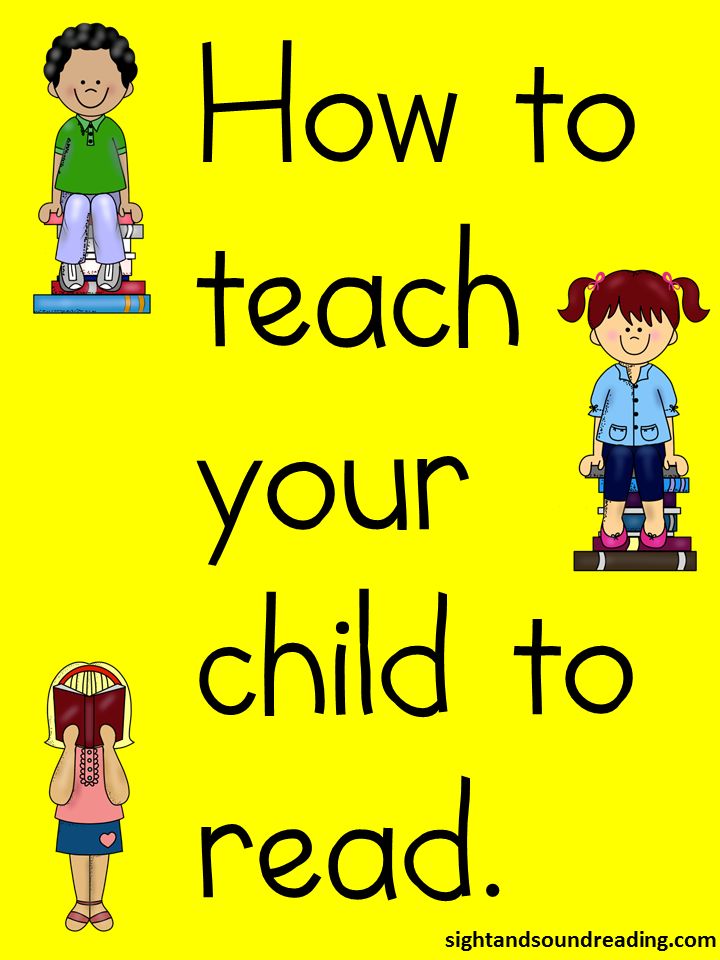 Fortunately, all the children are safe and sound, and even coped with the attack of an adult, breaking the hold. The most important thing is that the child should be inconvenient for the criminal to process.
Fortunately, all the children are safe and sound, and even coped with the attack of an adult, breaking the hold. The most important thing is that the child should be inconvenient for the criminal to process.
Tested by practice - you can run away. If the child is sitting, you need to get up and use a bench or chair as an obstacle, we go behind it (him) and ask: “What do you need?”. Believe me, a talking child is a much more uncomfortable victim. What if he still screams? nine0003
Separately enclosed spaces - dead ends, garages, entrances, elevators. You can’t enter here if there is a group or one adult. It's better - even if it's your own entrance - to skip ahead. Or even say: "I'll wait for my parents," remaining on the street. If a person is completely suspicious, but you need to go home, call a familiar neighbor who is probably at home on the intercom (it’s better to make friends in advance, it’s enough to congratulate you with sweets for the holidays, for example).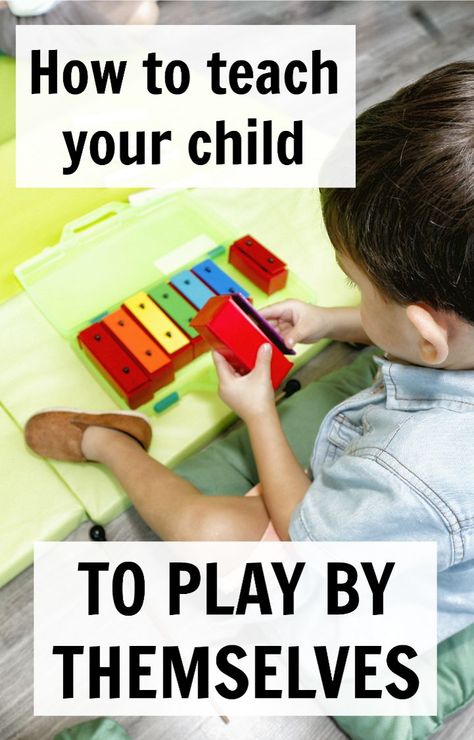
The only help that a child can provide to an adult in a situation where he sees that the adult has become ill and only children are nearby, for example, a heart attack in the schoolyard, is to call another adult for help or call an ambulance. Everything! nine0199
It is best to contact the person at the "post" - a store employee, where he can drop in and explain the situation. If he is not there, we turn to passers-by (preferably a couple - a woman will intercede, a man will not show himself a coward) with an order phrase: “Help, please, a stranger attacked me, call my parents and the police.”
It is also important to use a passer-by as an obstacle and take his hand so that he does not run away (you know, adults are still cowards). It is important to put into this phrase the essence of what is happening, the understanding that the attacker is not a parent, the order to action is to call. nine0199
Explain when it is necessary to run, and when the situation is already fighting and it is necessary to beat (if caught). We are talking about the rule: hit - run - report.
Two simple tricks that a child can master. These skills must be practiced.
Situation No. 1. If an adult or stronger attacks, and the child managed to pick up a stick from the ground (works out). The main task of the child is to run away from the pursuer all the time and, being inaccessible to his limbs, beat on the arms and legs reaching for him. Kicks to the legs are even more important, because running with broken legs is inconvenient. nine0003
Hold the stick with one hand, deflect blows with the other. The most common situation in our practice, there are, unfortunately, cases of application. With several hours of working out, even an eight-year-old gives such a forceful blow that it is impossible to grab it.
The main task is to run away from the pursuer all the time, deflect blows
Photo: Anastasia Berenova
Share
Situation No.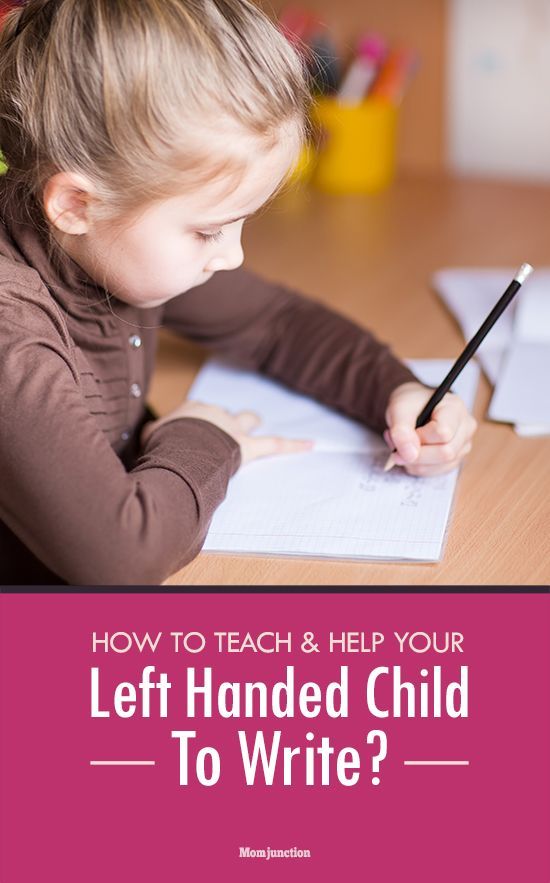 2. The child was grabbed and dragged. No need to resist and break out, even if you know how. This will only lead to the fact that the enemy will start to beat the child. Exemptions from grips with levers in combat against an adult do not work. You have to bend your knees and walk in the direction you are being dragged. By doing so, you will force the opponent to relax (false surrender) and keep your balance. nine0199
2. The child was grabbed and dragged. No need to resist and break out, even if you know how. This will only lead to the fact that the enemy will start to beat the child. Exemptions from grips with levers in combat against an adult do not work. You have to bend your knees and walk in the direction you are being dragged. By doing so, you will force the opponent to relax (false surrender) and keep your balance. nine0199
In order for the opponent to release the grip, it is enough to strike with any hard object (short end of a stick, stone) in the area of the back of the fist. The knuckles of one's own fist can be used as a weapon. No wide swings! Try it lightly - it is very painful, the hand will open automatically. And... Run!
Ideally, work out other situations well: strangulation, grab with both hands. For each of these situations, there are counter-techniques that children can learn. nine0003
A blow with a stone on the back of the fist in a situation where they grabbed
Photo: Anastasia Berenova
Share
And finally, no less important point - how to exclude the fact that a child, even knowing and following these rules, will follow an adult? What might attract him?
An invitation to try something that is forbidden at home due to dietary rules or poverty, or is it a banned substance altogether, a sense of adulthood? Or a desire to break the rules? Or a compliment that a pet-hungry teenager perceives as something unbelievable? It’s good to have counterarguments for all motives so that there is no desire and need to get attention on the side. Look for ways to help your child feel his adulthood, consider his opinions and desires, speak with respect. Give compliments to children, say a lot and exactly the ones that they need to hear - for their choice of clothes, musical taste or appearance - depending on their values. nine0003
Do not swear on the phone and do not argue over nonsense, do not sleep with quarrels and resentment, learn to resolve conflicts with respect - so that there is no motive to go wherever your eyes look, to spite your mother.